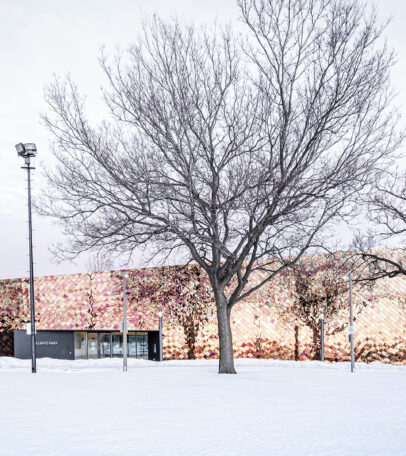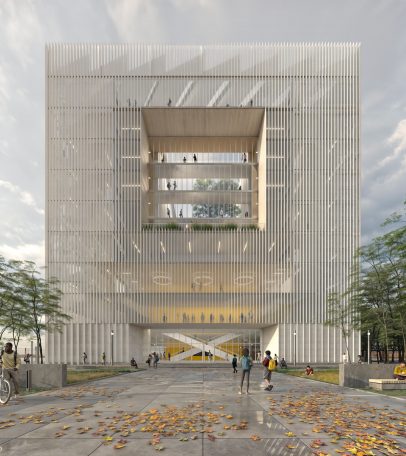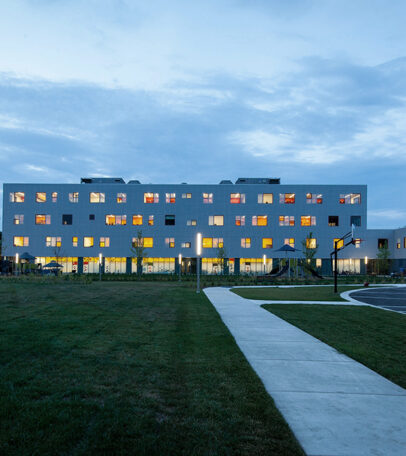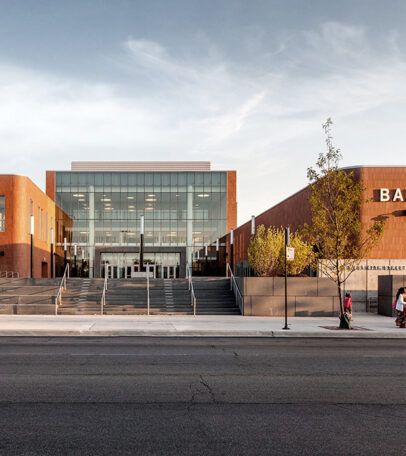Cragin Park Fieldhouse
Civic · Chicago, IL, US
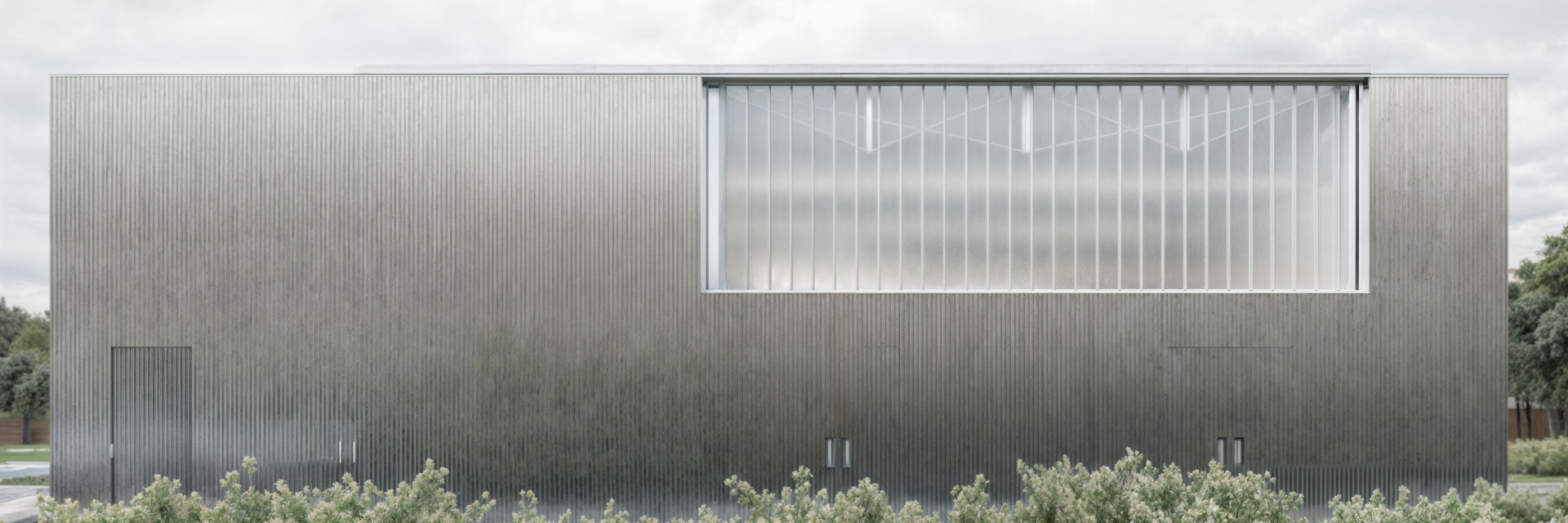
In an era where space and budgetary constraints have become increasingly prevalent, public buildings face the challenge of accommodating diverse needs and functions within limited square footage and tight budgets. To optimize resource utilization and enhance community engagement, the design of flexible, multipurpose spaces has emerged as a vital solution. The benefits of this approach are multiple: optimizing resource utilization, enhancing human engagement, promoting collaboration and adapting to changing needs.

We have aimed to design a building that is anchored by two core principles:
(1) an architectural implementation approach that could be defined as “essential”, limiting the building’s outward expression and utilizing an economy of means in its materiality,
(2) a building meant to be a referential anchor to the park and the community.
Chicago has a rich history of the development of public buildings that use a limited material palette and frugal construction techniques to obtain relevant architecture. A great example is the IIT Campus Chapel, officially known as the Carr Memorial Chapel.
Designed by Ludwig Mies van der Rohe, the building is a significant architectural gem which holds immense importance in the architectural history of Chicago. It stands as a testament to the power of simplicity, clean lines, and the elegant use of materials.
Public parks in general, and Cragin Park in particular, are cherished spaces where people seek solace, recreation, and connection with nature. In these serene and green environments, public buildings provide essential services and facilities for park visitors and, while many public structures within parks harmonize with their surroundings, we are choosing a architectural approach that will intentionally aim to contrast with the park environment.
It is our hope that the new Cragin Fieldhouse, through its essential yet distinct form and materiality will offer a unique visual and sensory experience, sparking curiosity and engaging park-goers in new and unexpected ways. The building’s distinctiveness will allow for easy wayfinding and will create memorable meeting spots
for individuals and groups. Moreover, we believe that the building will enhance the sense of identity and pride associated with Cragin Park, becoming an iconic symbol that represents the park’s unique character and spirit.
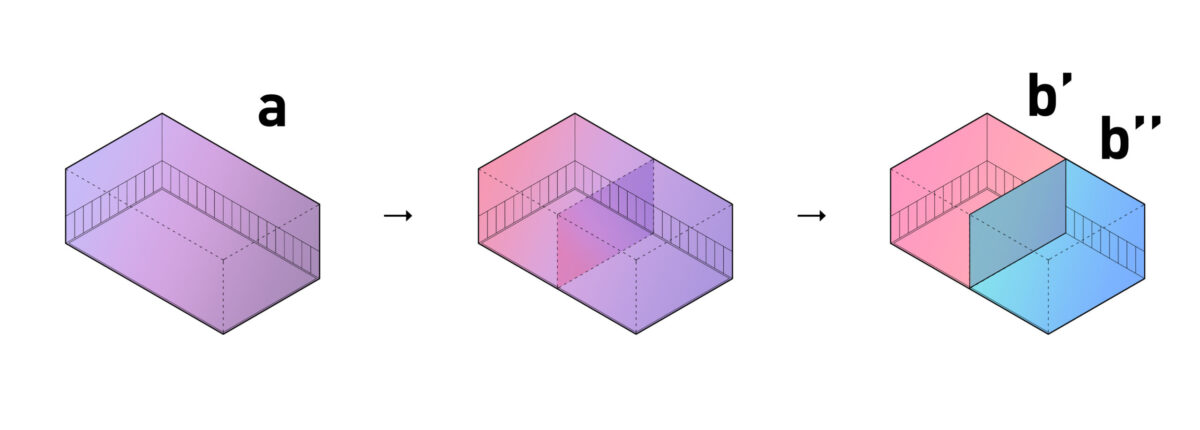
a. Single Space Large Program
Interior Partition = MORE Flexibility
b. Double Space = Double Program
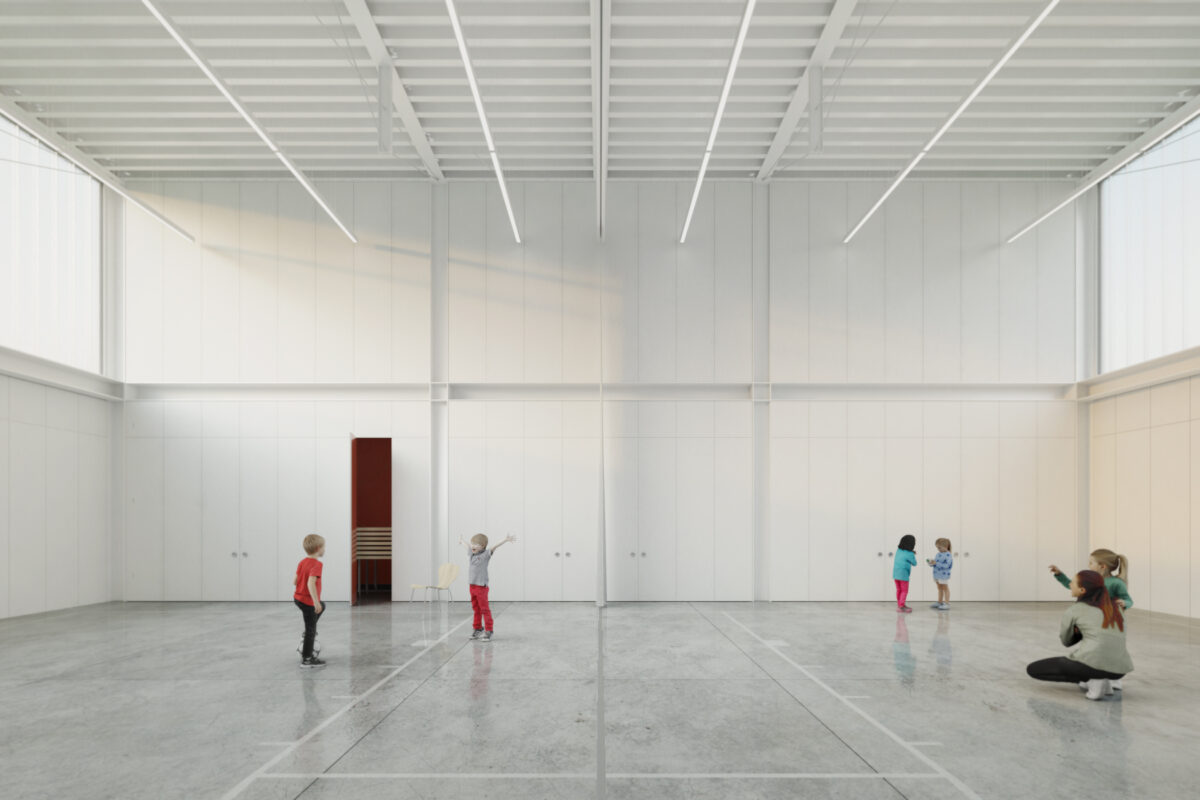
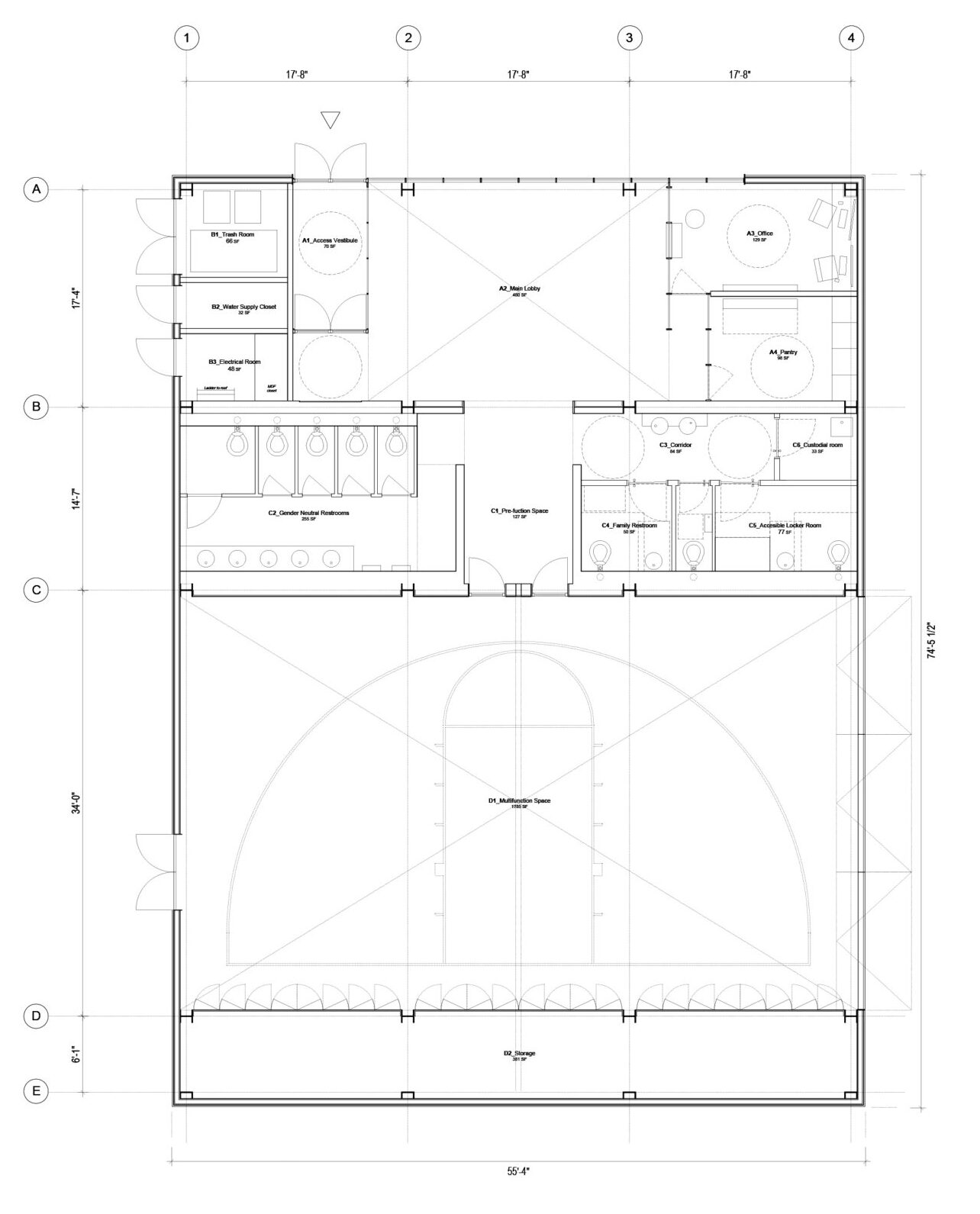

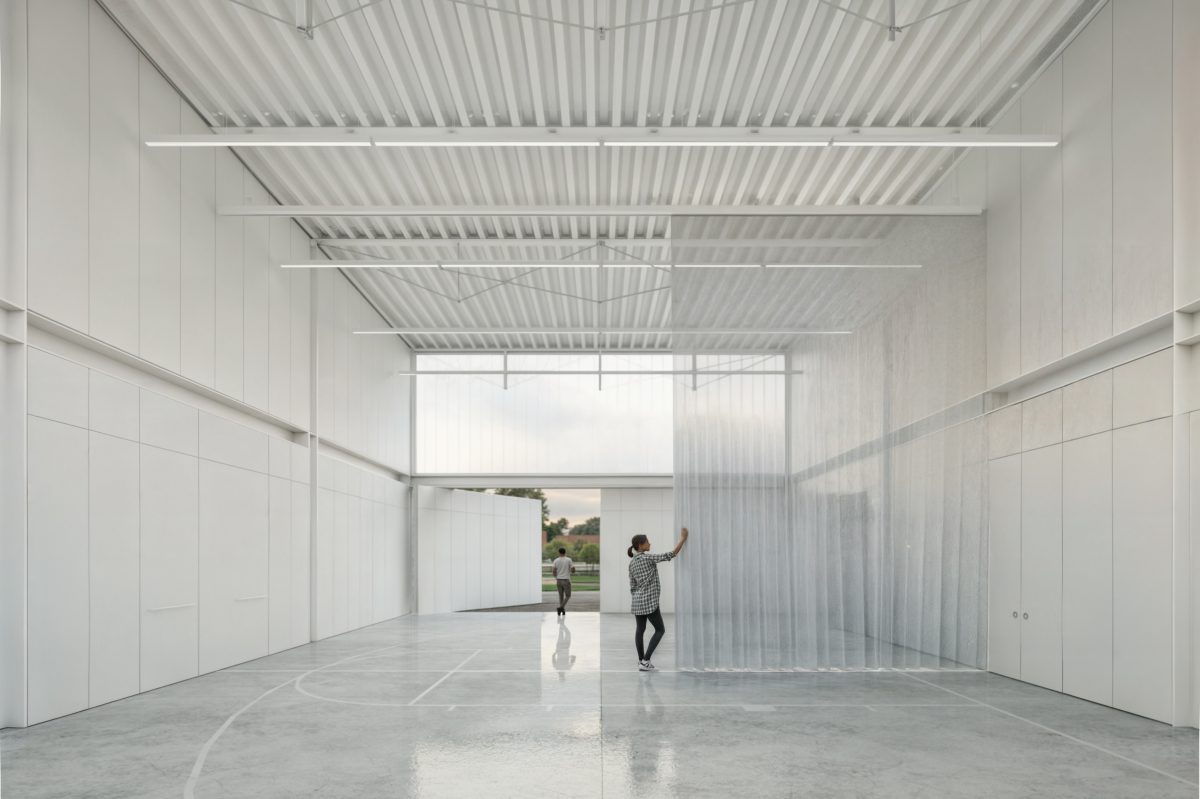
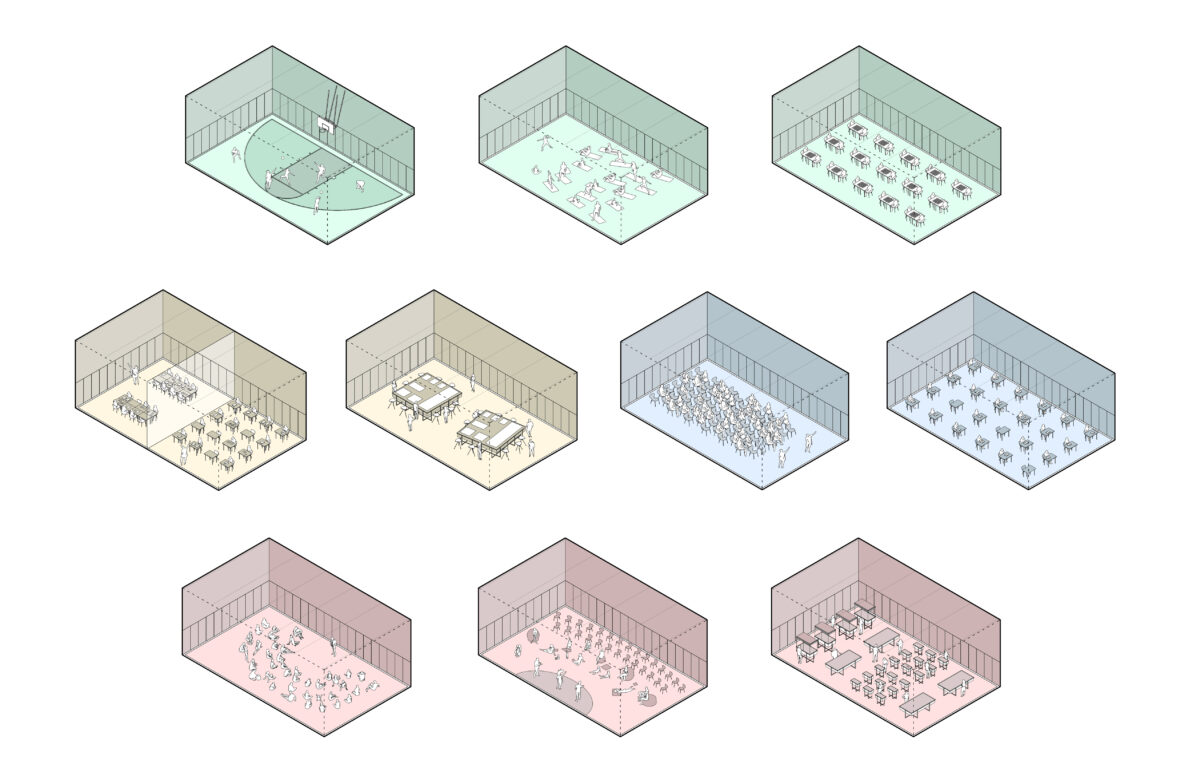
The benefits of Program Flexibility:
a. Optimizing Resource Utilization.
Limited square footage necessitates a strategic approach to space utilization. By designing multipurpose spaces, public buildings can optimize the use of available resources. Rather than dedicating separate rooms or areas for specific functions, adaptable spaces can be transformed to accommodate different activities throughout the day.
b. Enhancing Community Engagement.
Public buildings serve as community hubs, bringing people together for various activities and events. Designing flexible spaces encourages community engagement by catering to a wide range of needs and interests. Whether it’s hosting meetings, workshops, cultural events, or recreational activities, multipurpose spaces allow for seamless transitions between different functions. This adaptability fosters inclusivity, enabling diverse groups within the community to utilize the building and participate in activities that cater to their specific interests.
c. Promoting Collaboration and Creativity.
In small, square footage-challenged public buildings, fostering collaboration and creativity becomes crucial. Multipurpose spaces provide opportunities for individuals and groups to interact, exchange ideas, and collaborate on projects. With adaptable layouts and movable furniture, these spaces can be transformed to accommodate both structured and informal gatherings, promoting social interaction and knowledge sharing. By facilitating an environment that encourages collaboration and creativity, public buildings become catalysts for innovation and community development.
d. Adapting to Changing Needs.
The needs of a community evolve over time, and public buildings must be able to adapt accordingly. Designing flexible spaces allows for easy reconfiguration as needs change. By incorporating modular elements, movable walls, and versatile furniture, multipurpose spaces can be quickly modified to meet new requirements. This adaptability future-proofs the building, ensuring its relevance and usefulness in the face of evolving community needs.
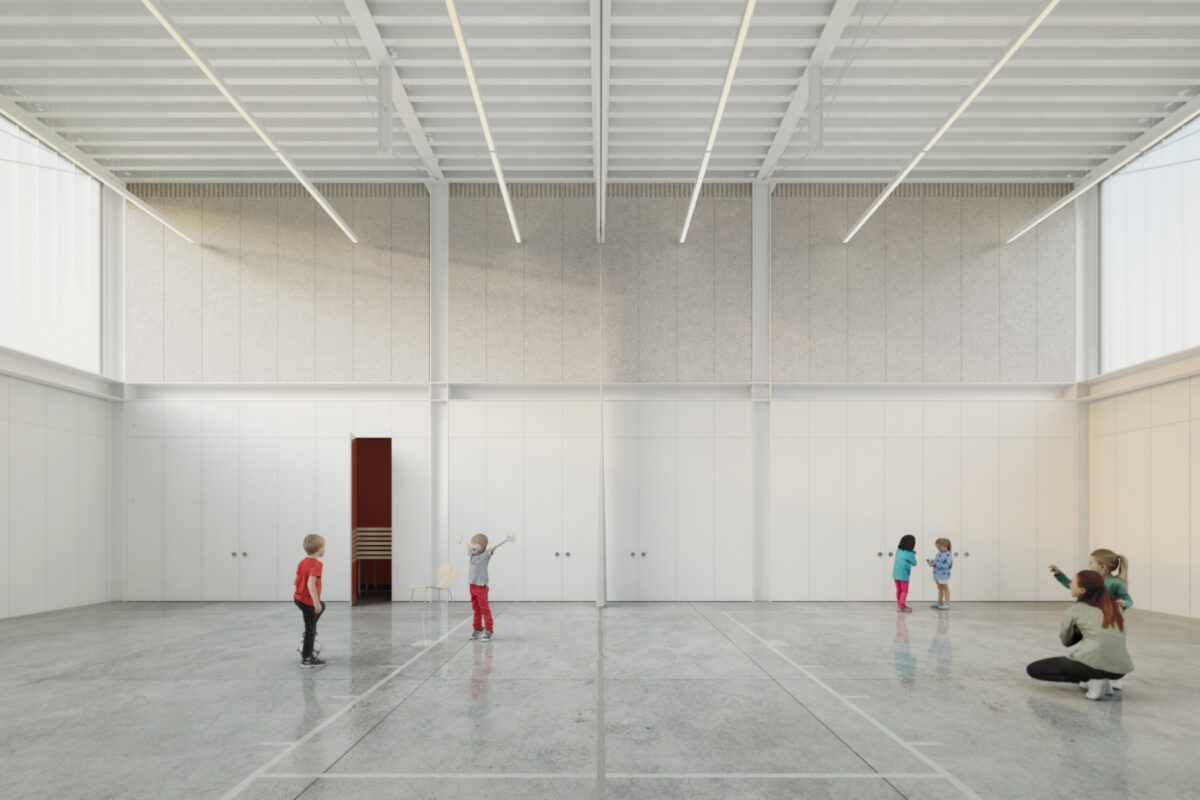
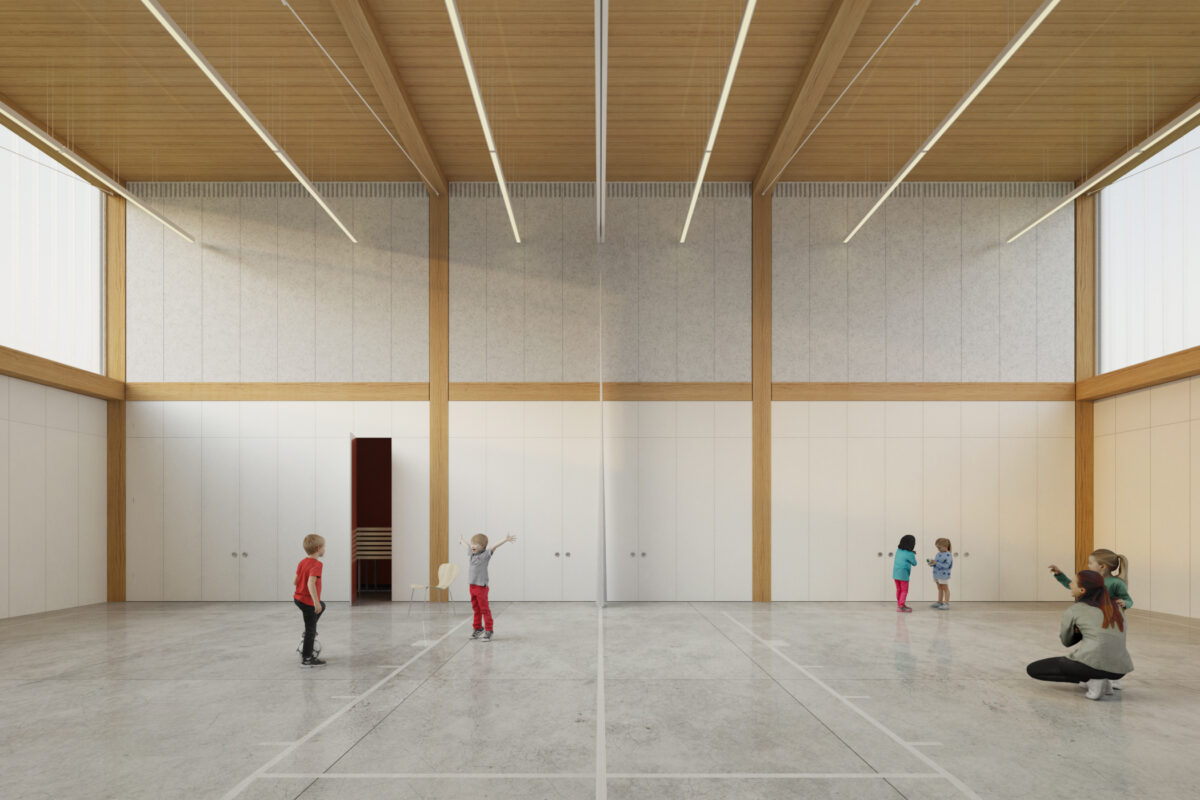
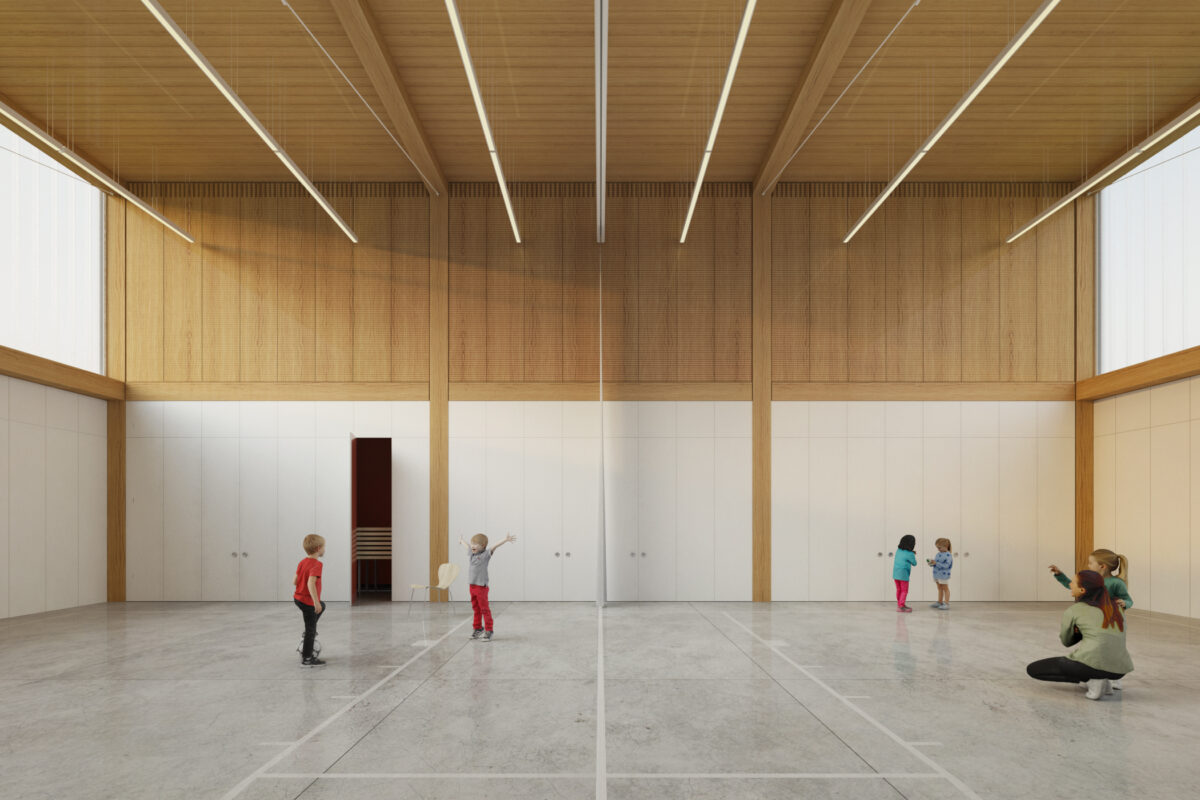
Acoustic Panels
Alt. 2
Mass Timber Structure
Alt. 3
Mass Timber + Wood Panels
Alt. 4
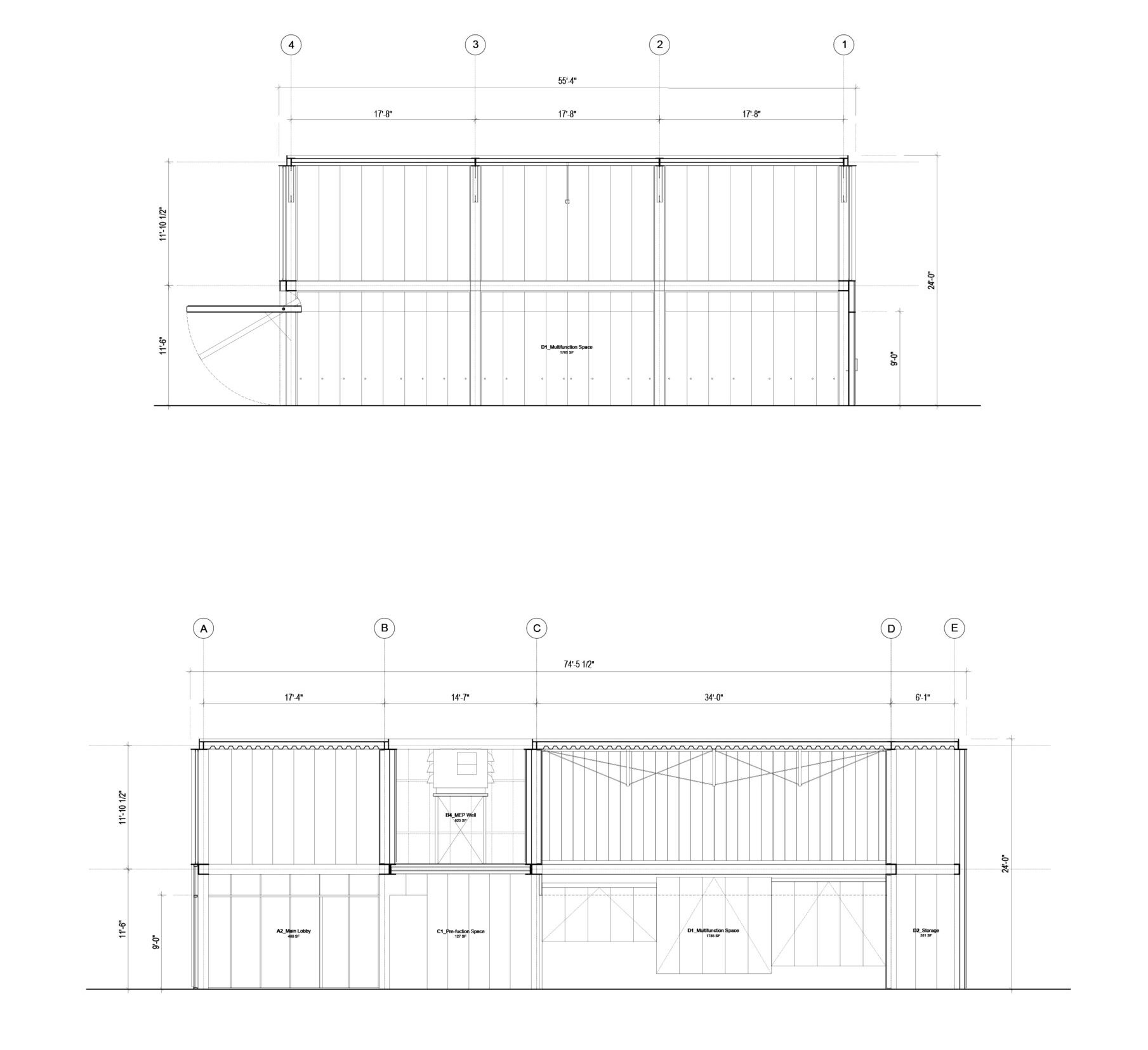
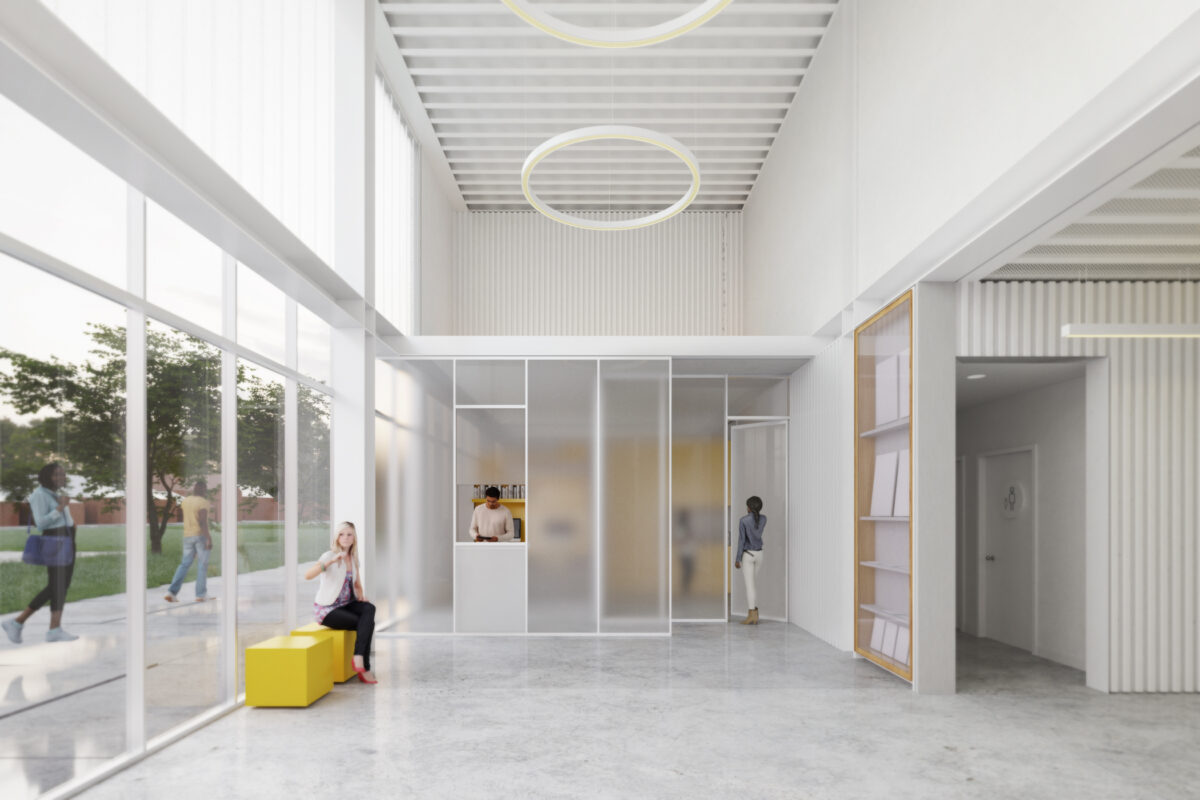
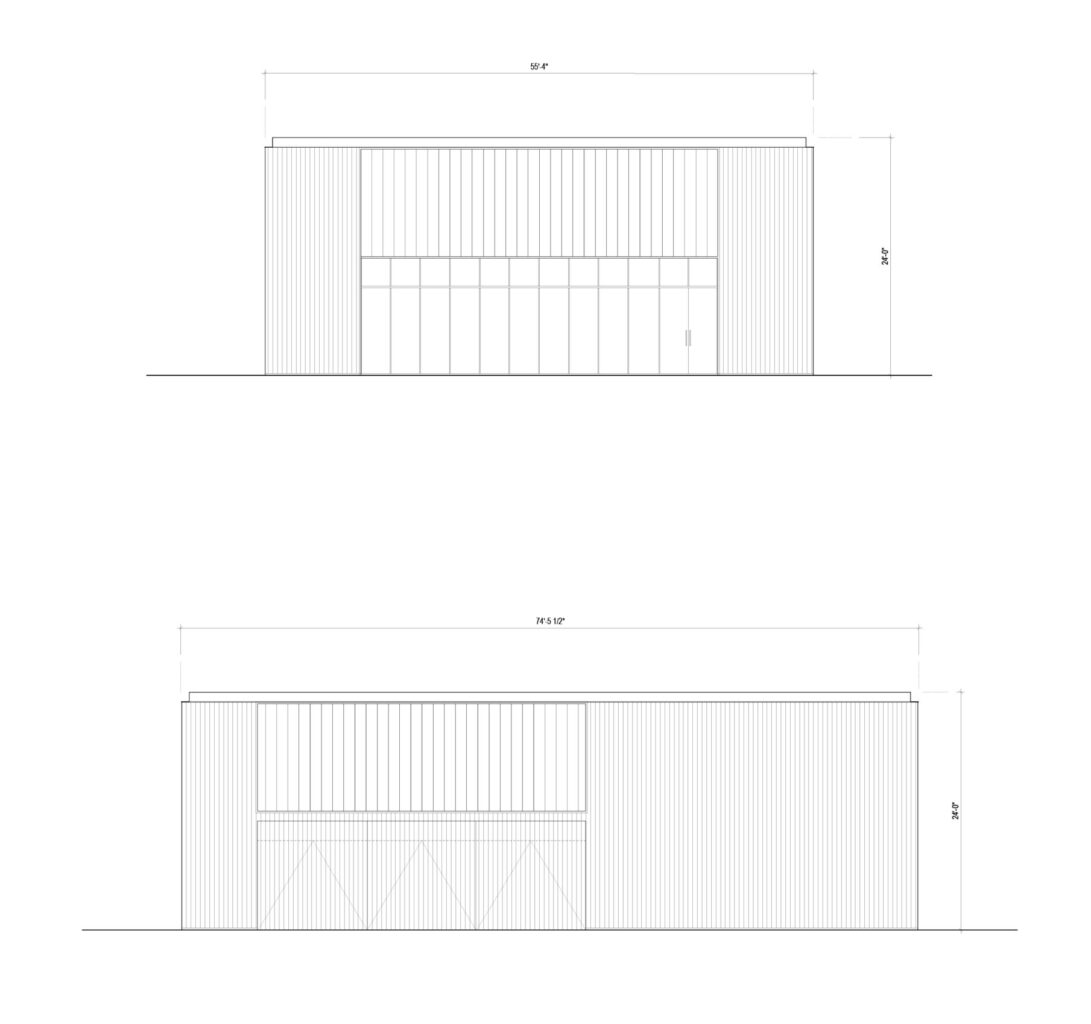
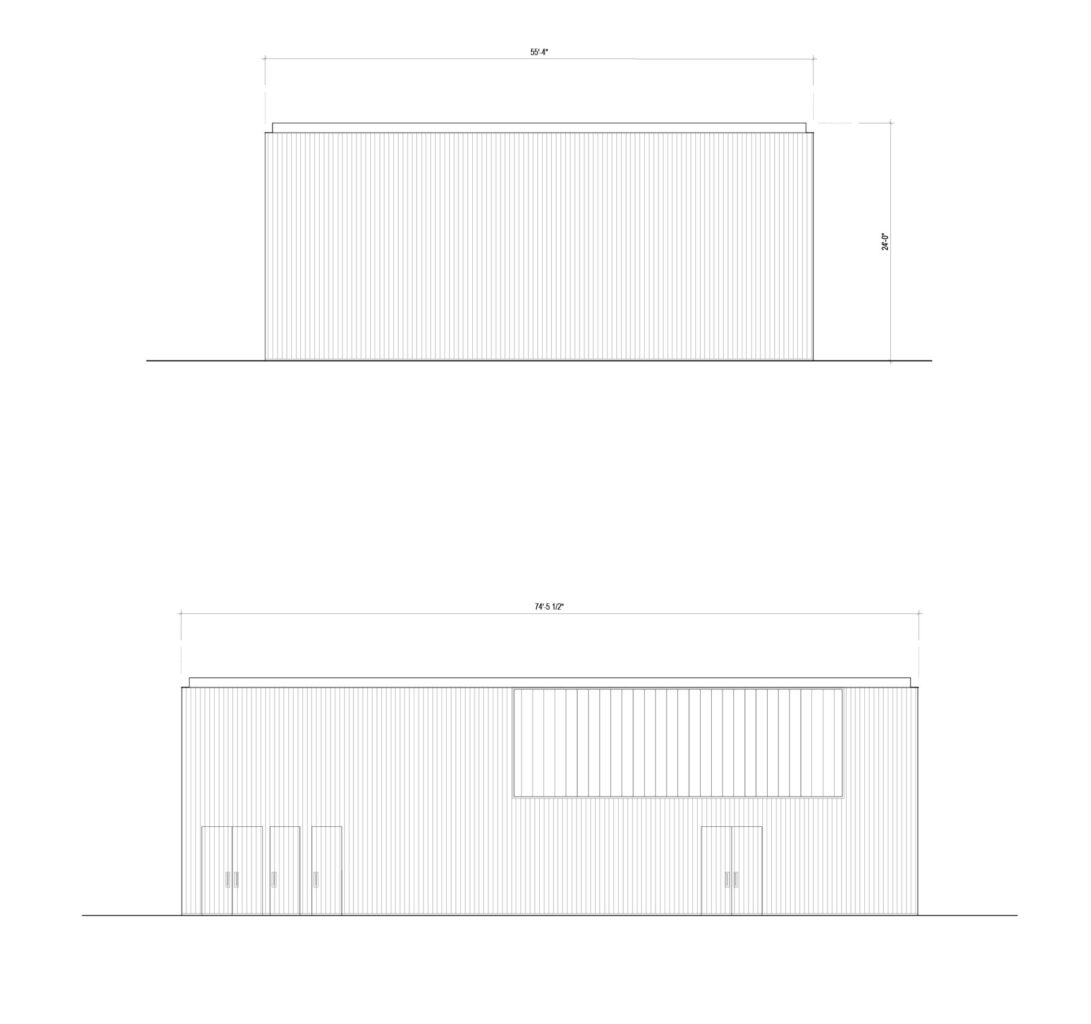
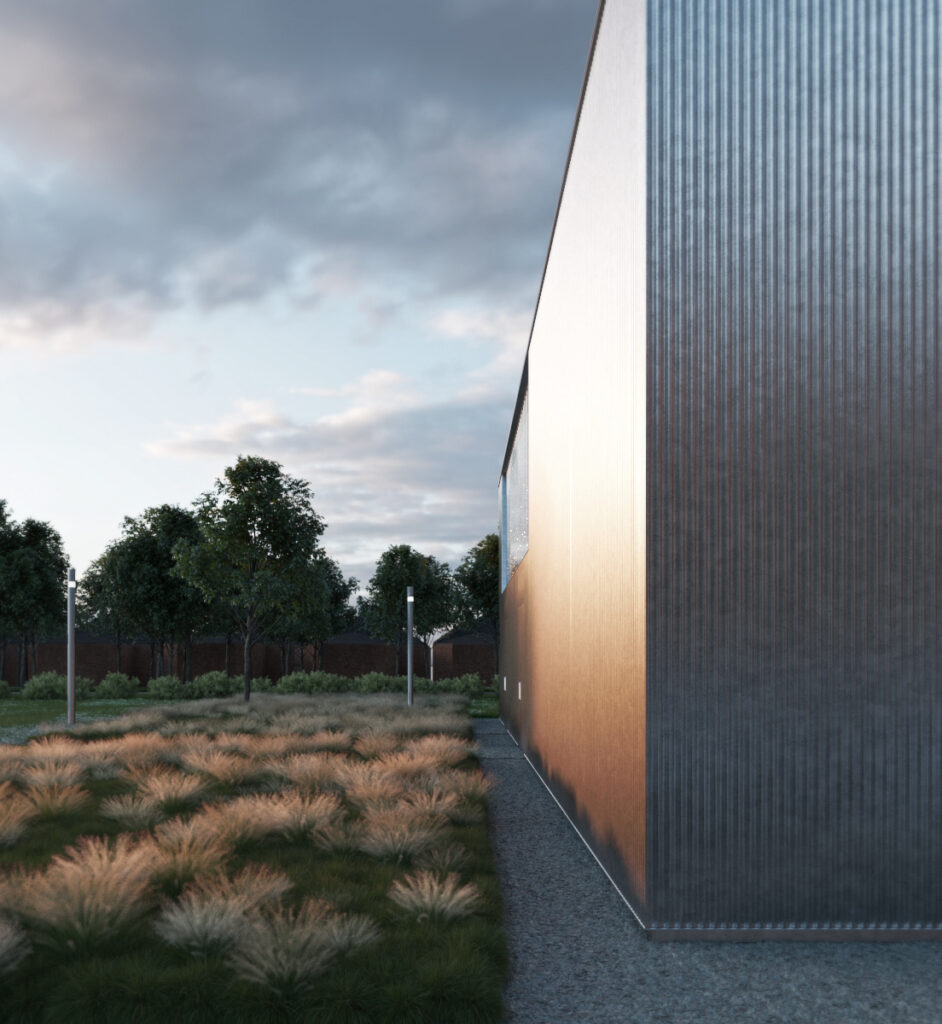
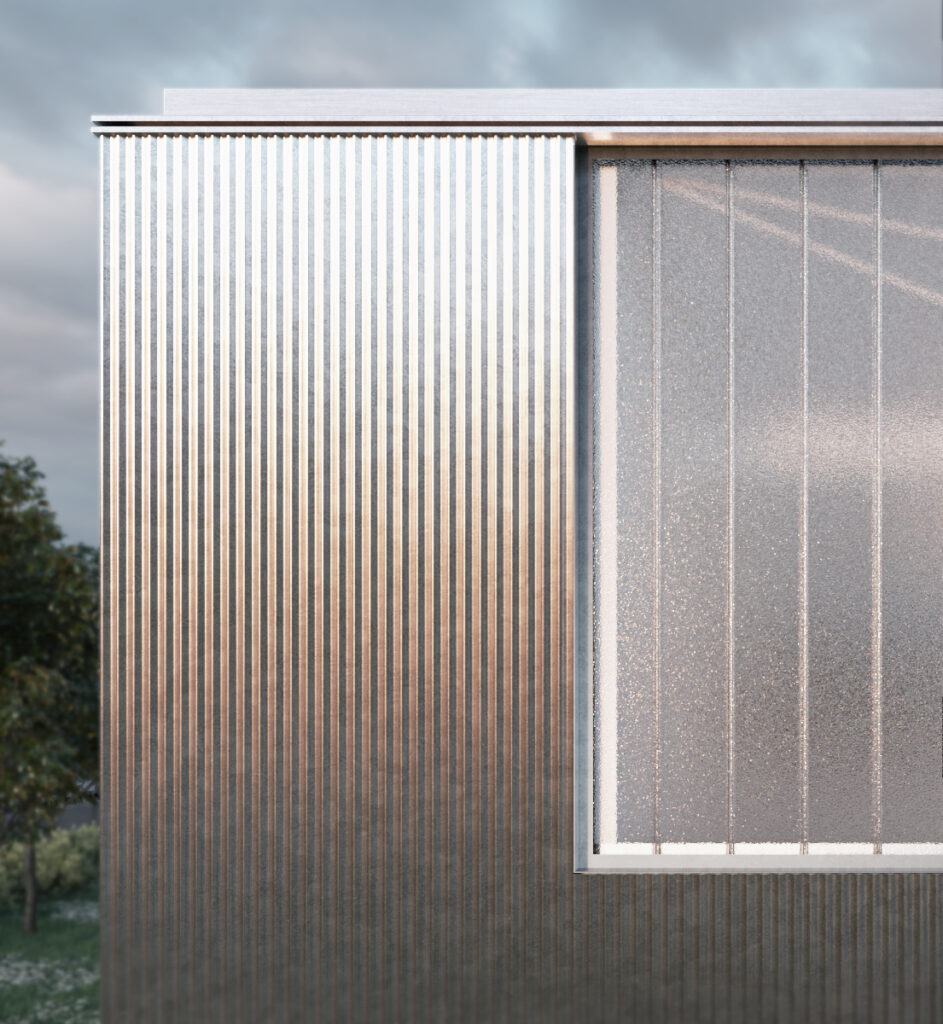
A source of inspiration has been the significant role that metal, and metal buildings in general, have played in the architectural development of Chicago and the Chicago Park District as well as many other park facilites around the country. This structures have left an indelible mark on each city’s architectural landscape. Metal buildings and structures have played a vital role in the development of the Chicago Park District throughout the 20th century. These structures were used to create facilities such as fieldhouses, ice rinks,
sports arenas, and pavilions, providing spaces for a wide range of recreational pursuits and cultural events. The versatility of metal construction allowed for quick and efficient assembly, enabling the park district to adapt to the changing needs of the community and respond to evolving recreational trends. These buildings, with their ability to seamlessly blend with natural surroundings or stand out as architectural landmarks, have enhanced the aesthetic experience of park visitors and created iconic landmarks within the city.
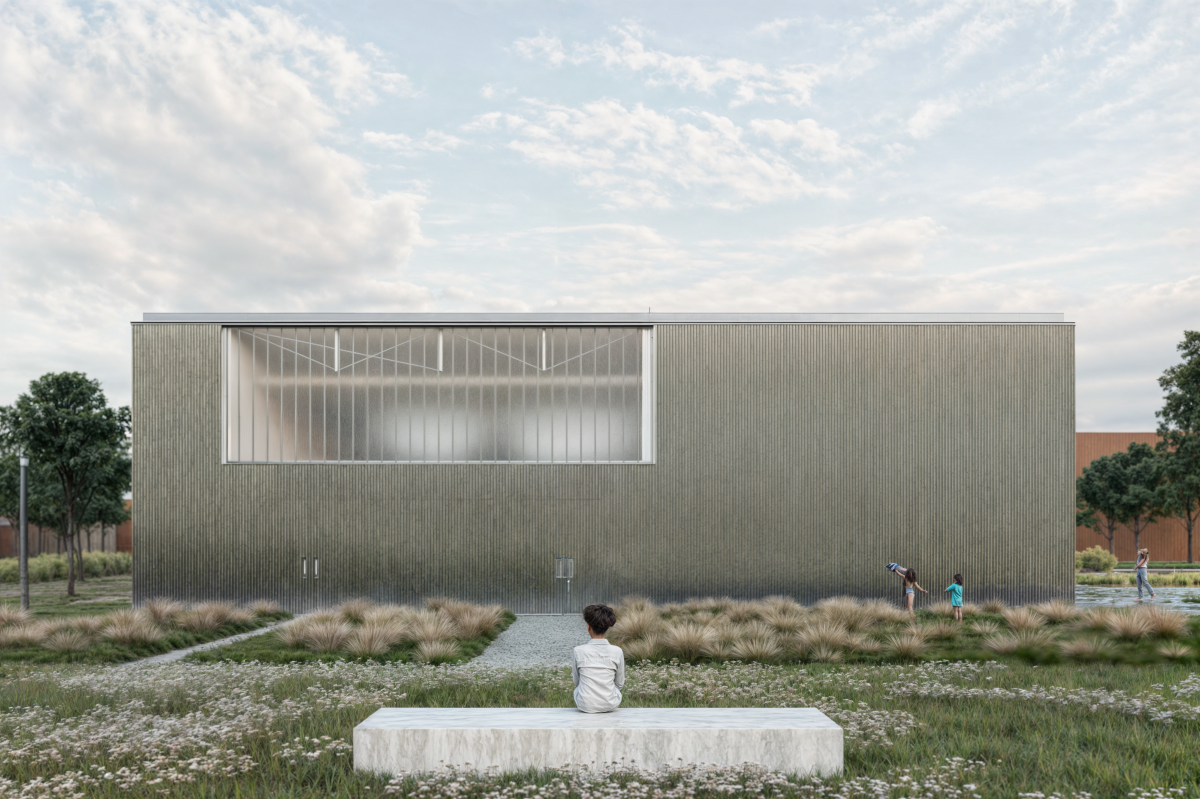
Project Team
- Carlos Barranco
- Luis Collado
- Jose Luis de la Fuente
- Beatriz Gonzalez
- Jeff Jang
- Andrea Kamilaris
- Brian Koehler
- Shane Krenn
- Gonzalo Rojas
- Ana Sánchez Iza
- Wade Splinter


